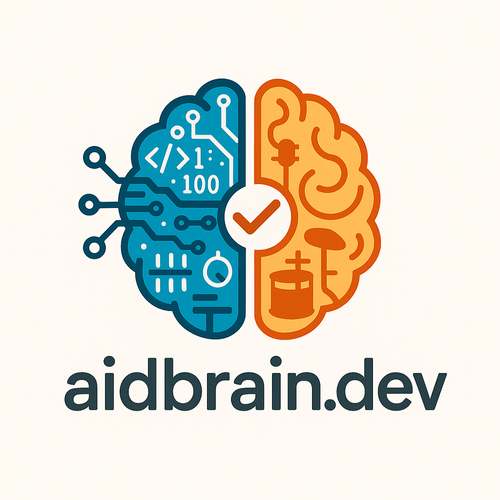
The Guardrails Your LLM Needs
Is your new AI-powered travel agent booking flights to the moon? Does it offer tickets for the "35th of May"? Before you unplug it, you should know this is a classic problem. Large Language Models (LLMs) are incredibly powerful, but they're not inherently factual or structured.
This isn't just a hypothetical. Imagine trying to use AI to book a car maintenance appointment. This simple task can perfectly illustrate the core problem with "un-guarded" AI and sets the stage for a solution using frameworks like JetBrains' Koog.

Federated Learning for Insurance: Drive Safe, Pay Less
What if your car could negotiate a lower insurance premium for you without tattling on every single trip you take? It sounds like a privacy paradox, but it’s a challenge perfectly suited for a more thoughtful approach to system design and Federated Learning.
The Promise: Smarter Insurance, Real Privacy
Usage-Based Insurance (UBI) is built on a simple premise: good drivers should pay less. Insurers want to reward safe driving, but the traditional method—a telematic “black box” that sends all your driving data to a central server—feels like surveillance. For most people, the trade-off isn’t worth it.
That’s where Federated Learning comes in.
Instead of uploading raw data, learning happens right inside the vehicle. A small model in your car learns how you drive, how you accelerate, brake, handle corners, and now with more modern vehicles, even how your vehicle behaves on inclines, declines, and varying terrain types.
Only encrypted, anonymized model updates are sent—not your GPS trails or speed logs.

BackPressure: Old-School Strategy for Modern Data
An F1 car screams down the main straight. But this isn’t just a machine built for speed; it’s a mobile data center. With AI now optimizing every decision in real time, from tire management to energy recovery, the car generates over a million data points per second through more than 300 sensors. All of it streams back to the pit wall, where engineers and machine learning models work together to extract insights and steer strategy.
But what happens if the pit-side AI, the system digesting all this information, can’t keep up? Do predictions get stale? Do decisions break? Does the whole race strategy collapse? Not if the system is built with proper flow control. This is where BackPressure comes in — a concept rooted in traditional systems, yet more important than ever.

Orchestration vs Choreography Who's directing your services
Your microservices are humming along, but how do they actually talk to each other to get things done? Is there a single, all-knowing Maestro directing the show, or is it more like a free-flowing jazz session where everyone just knows the rhythm? This choice between orchestration and choreography is one of the most critical decisions in your system's architecture.

